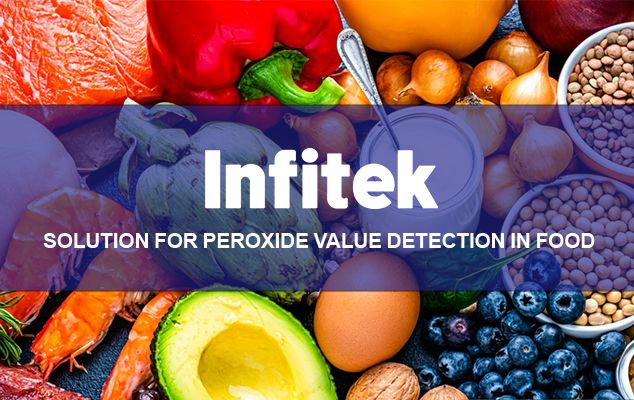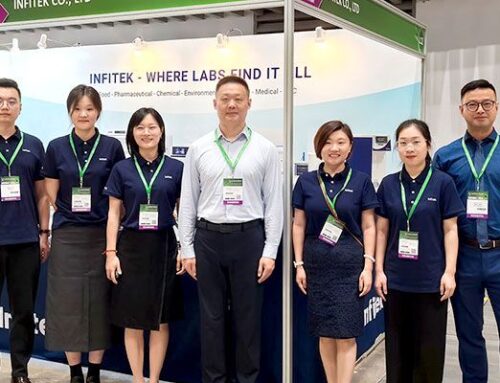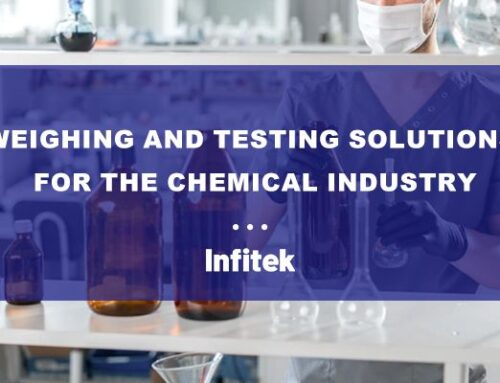 The peroxide value in food is an indicator of the degree of oxidation of oils and fatty acids, etc. It is used to indicate whether the food has deteriorated due to oxidation. It is an important indicator for measuring the hygienic quality of food and a scientific basis for determining whether the inspected food can be used.
Principle of detection method
The prepared oil sample is dissolved in chloroform-glacial acetic acid solution, and the peroxide in it reacts with potassium iodide to generate iodine. The precipitated iodine is titrated with sodium thiosulfate standard titration solution. The amount of peroxide value is expressed by the mass fraction of peroxide equivalent to iodine or the number of millimoles of active oxygen in 1kg of sample.
The peroxide value in food is an indicator of the degree of oxidation of oils and fatty acids, etc. It is used to indicate whether the food has deteriorated due to oxidation. It is an important indicator for measuring the hygienic quality of food and a scientific basis for determining whether the inspected food can be used.
Principle of detection method
The prepared oil sample is dissolved in chloroform-glacial acetic acid solution, and the peroxide in it reacts with potassium iodide to generate iodine. The precipitated iodine is titrated with sodium thiosulfate standard titration solution. The amount of peroxide value is expressed by the mass fraction of peroxide equivalent to iodine or the number of millimoles of active oxygen in 1kg of sample.
|
|
What instruments are needed?
|
Analytical balance BA-N303, BA-P2104
|
Rotary evaporator
REV-1000AX |
Constant temperature drying oven
DON-H45 |
 |
 |
 |
| Constant temperature water bath oscillator
WB-S300A |
High-speed refrigerated centrifuge
CFGR-B16B |
Overhead stirrer
OHS-20P |
Potentiometric titrator
TITR-A40 |
 |
 |
 |
 |
[/fusion_text][/fusion_builder_column][/fusion_builder_row][/fusion_builder_container]












Get Social